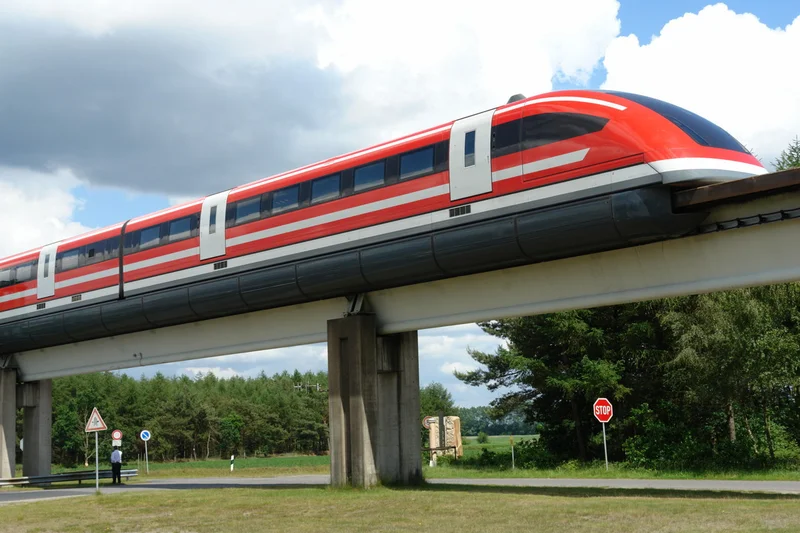Maglev's Future: Speed, Setbacks, and What We Know – What Reddit is Saying
Japan's Maglev: Not Just a Train, But a Portal to a Faster Future
Okay, folks, buckle up, because we're about to talk about something that still feels like science fiction even as it becomes reality: Maglev trains. I'm not just talking about marginally faster trains; I'm talking about a complete reimagining of transportation, a paradigm shift that could redefine how we experience distance and time.
The buzz is real. Just this week, footage surfaced of reporters in Japan utterly flabbergasted by the sheer speed of a $70 million Maglev train. Their reactions? Pure, unadulterated awe. And honestly, who wouldn’t be? We're talking about a train that doesn't even touch the tracks, silently gliding at speeds exceeding 600 kilometers per hour. It's like something out of Back to the Future, except it's now. See the Reporters left flabbergasted when they saw the speed of a $70m Japanese Maglev train.
The Science of Speed and Silence
So, how does this magic trick work? Well, it's all about magnets, baby! Powerful magnets lift the train above the tracks, eliminating friction – that pesky force that's been slowing us down for centuries. Two main systems exist: electromagnetic suspension (EMS), which attracts the train upwards, and electrodynamic suspension (EDS), which repels it. Both achieve the same goal: frictionless levitation.
And the propulsion? Equally ingenious. Maglev trains use magnetic fields to pull and push themselves along the track, no wheels required. The result is an incredibly smooth ride, free from the vibrations and noise we associate with traditional trains. Imagine soaring across the countryside in near-silence, arriving at your destination before you've even finished your coffee.
But it's not just about comfort; it's about efficiency. Maglev trains consume significantly less power than traditional high-speed rail, cars, or even aircraft. The tracks themselves also benefit, with reduced wear and tear leading to lower maintenance costs. It’s a win-win for speed and sustainability.
Now, I know what some of you might be thinking: "Okay, Aris, this all sounds great, but is it really feasible?" And that's a fair question. We've seen projects like the proposed Baltimore-Washington Superconducting Maglev rail line face significant hurdles, ultimately being deemed "no longer feasible" by the Federal Railroad Administration due to potential negative impacts on federal agencies and properties.

But here's where I see the bigger picture, the real potential. This setback in Maryland isn't a nail in the coffin for Maglev technology; it's a challenge, an opportunity to refine our approach, to address concerns, and to build these systems responsibly. To me, it's like the early days of the internet. Remember all the skepticism? The doubts about its practicality? Now, imagine life without it.
What if we could travel from New York to Los Angeles in just a few hours? What if our commutes became effortless, silent glides through urban landscapes?
The environmental benefits are undeniable. Maglev systems can run entirely on renewable energy, drastically reducing our carbon footprint. And with minimal noise pollution, these trains can seamlessly integrate into densely populated areas, connecting communities without disrupting them.
Of course, with great power comes great responsibility. As we hurtle towards this faster future, we must consider the ethical implications. How do we ensure equitable access to this technology? How do we mitigate potential environmental impacts? These are questions we need to address proactively, not as afterthoughts.
This isn't just about building faster trains; it's about building a better future. A future where distance is no longer a barrier, where travel is seamless and sustainable, and where technology empowers us to connect with each other in ways we never thought possible.
The Future is Accelerating
Maglev isn't just about transportation; it's a symbol of human ingenuity and our relentless pursuit of progress. It's a reminder that the seemingly impossible can become reality with vision, determination, and a little bit of magnetic magic.
